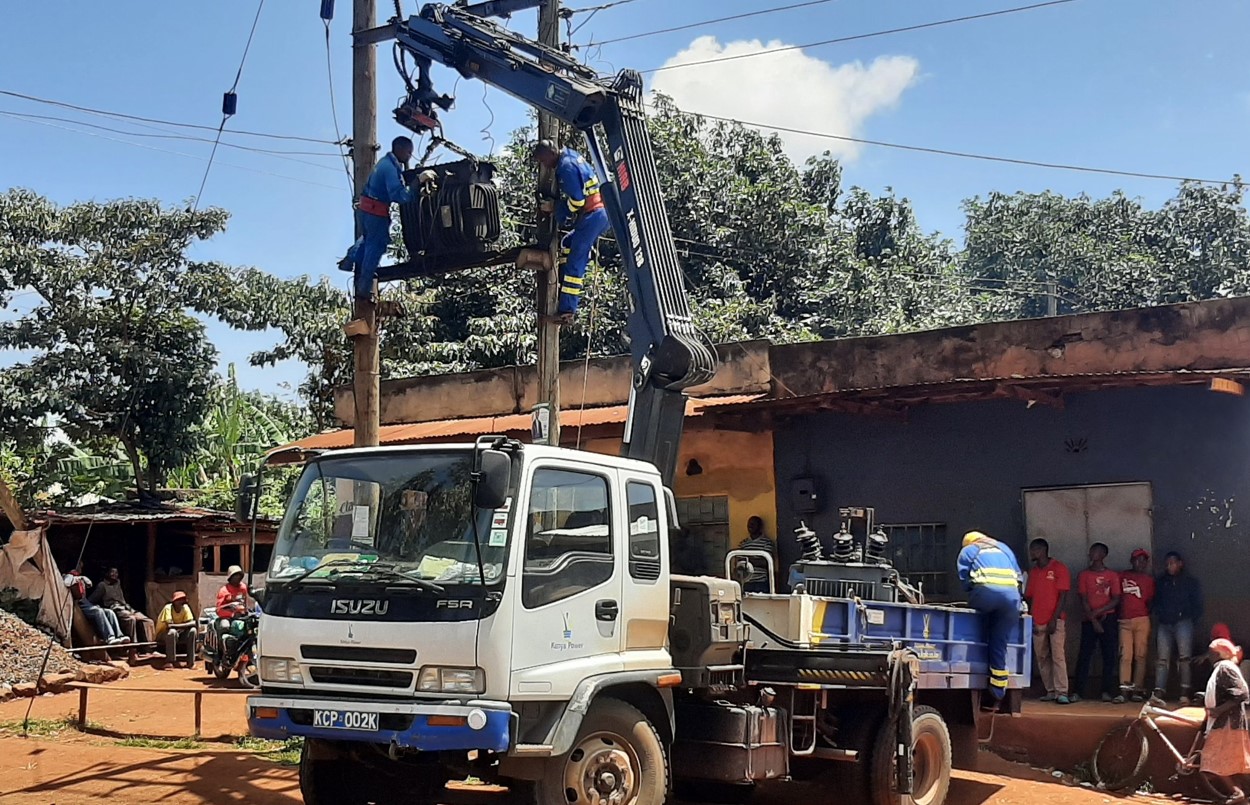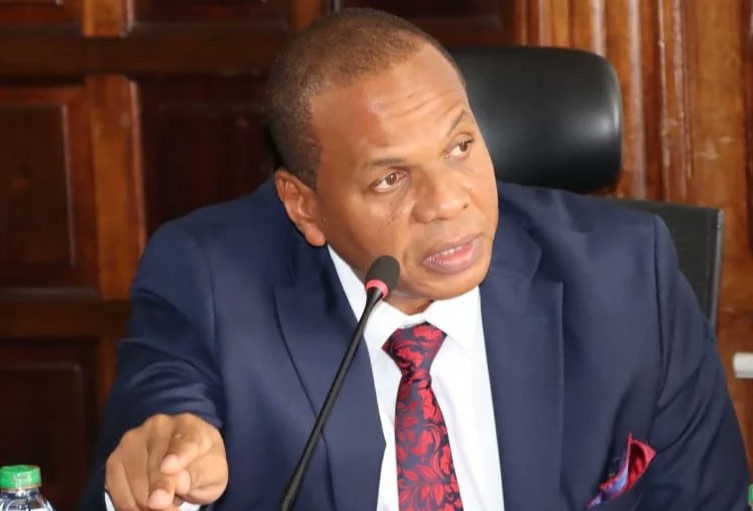Kenya Bankers Association urges CBK to lower rates to make loans cheaper

The KBA noted that inflation has remained low, and the economy is stable, making it an opportune time for the CBK to cut its benchmark rate.
The Kenya Bankers Association (KBA) has urged the Central Bank of Kenya (CBK) to lower interest rates further to reduce the cost of loans and promote borrowing by businesses and individuals.
The KBA noted that inflation has remained low, and the economy is stable, making it an opportune time for the CBK to cut its benchmark rate, the Central Bank Rate (CBR), even further.
More To Read
- Businesses project job growth, stronger sales as festive season draws near
- Commercial banks with highest interest rates
- CBK: Microfinance banks struggling with loan defaults amid shrinking deposits
- CBK revises credit pricing model, adopts new benchmark rate for loan pricing
- Kenyan banks tighten oversight of third-party tech firms amid rising cyber threats
- Borrowers exposed to costly loans despite banks cutting interest rates by one per cent
In a statement, the association highlighted the struggles of the private sector in accessing credit and expressed confidence that reducing the CBR would prompt banks to lower their lending rates.
Inflation, the KBA pointed out, has consistently stayed below the five per cent target, while the overall economic environment remains resilient. These factors, the association argued, provide room for additional measures to ease monetary policy.
"In view of these developments, and the need to reverse the decline in private sector credit growth, we argue for a further cut in the Central Bank Rate (CBR) to provide a stronger signal to the market for lending rates to decline," KBA said.
"There is scope for a stronger interest rate cut to support private sector credit growth."
The CBK has already implemented two rate cuts this year. In August, it reduced the CBR from 13 per cent to 12.75 per cent, citing a drop in inflation and stabilisation of the exchange rate. This was followed by a more substantial cut in October, lowering the rate to 12 per cent.
However, the KBA has observed that interest rates on bank loans have not declined as anticipated, with 17 out of 38 commercial banks reporting increased average lending rates in October.
Structural issues
The association attributed the slow adjustment in loan rates to structural issues within the financial sector. These include rising loan impairments and tightened liquidity, which have led banks to prioritise low-risk investments such as government securities over lending to the private sector.
"Faced with tighter liquidity and heightened default risks in the private sector, banks tightened lending standards to avert a further deterioration in asset quality, prioritising investments in less risky assets such as government securities. Consequently, bank lending to the private sector growth declined to 0.4 per cent and near zero in October," the KBA said.
KBA also highlighted three main factors driving the deterioration in asset quality: the high cost of funds driven by competition for customer deposits due to high-yielding government securities, government pending bills, and reduced disposable incomes.
The association argued that lowering the benchmark lending rate would not only encourage commercial banks to reduce interest rates on loans but would also bring down yields on government securities, such as Treasury bills and bonds.
The CBK and the National Treasury have intensified efforts to persuade commercial banks to cut lending rates, aiming to stimulate private-sector borrowing and, in turn, spur economic activity.
Top Stories Today












































